
If you’re planning a French getaway, visiting a local market is an absolute must. For solo female travellers over 50, French markets offer a charming, cultural immersion — perfect for soaking up the ambience of everyday life in France. From the aroma of fresh bread to the chatter of local vendors, markets are the beating heart of any French town.
Whether you’re staying in a village in the Charente or enjoying the elegance of Nice, these vibrant open-air markets are a feast for the senses. Let’s take a wander through everything you need to know to enjoy the French market experience with confidence and flair.
What Makes a French Market So Special?
Markets in France are more than just places to shop — they’re community hubs, deeply woven into local culture. Each week, locals gather to pick up seasonal produce, enjoy a chat, and indulge in the best regional specialities. It’s the kind of experience that makes you feel part of the place, not just a visitor passing through.
Even French television recognises their importance — a popular show, Votre Plus Beau Marché, celebrates the country’s best markets each year. Markets like the one in Narbonne have even taken top honours.
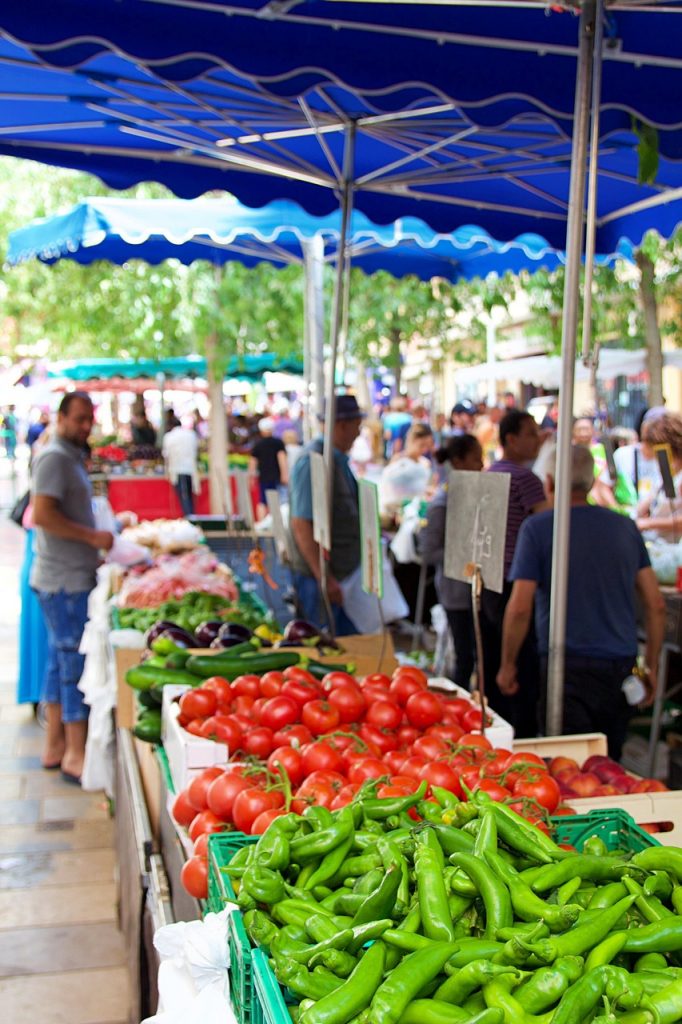
Navigating Your First French Market
Let’s be honest — your first visit might feel a little overwhelming. The noise, the pace, the cheerful haggling — it’s all part of the experience. But don’t worry. With a little preparation and a relaxed attitude, you’ll soon feel right at home.
Grab your woven basket, practise a few basic French phrases, and enjoy the rhythm of market life. Whether it’s the scent of warm croissants, the sight of vivid vegetables, or the friendly banter with stallholders, you’ll find every sense engaged.
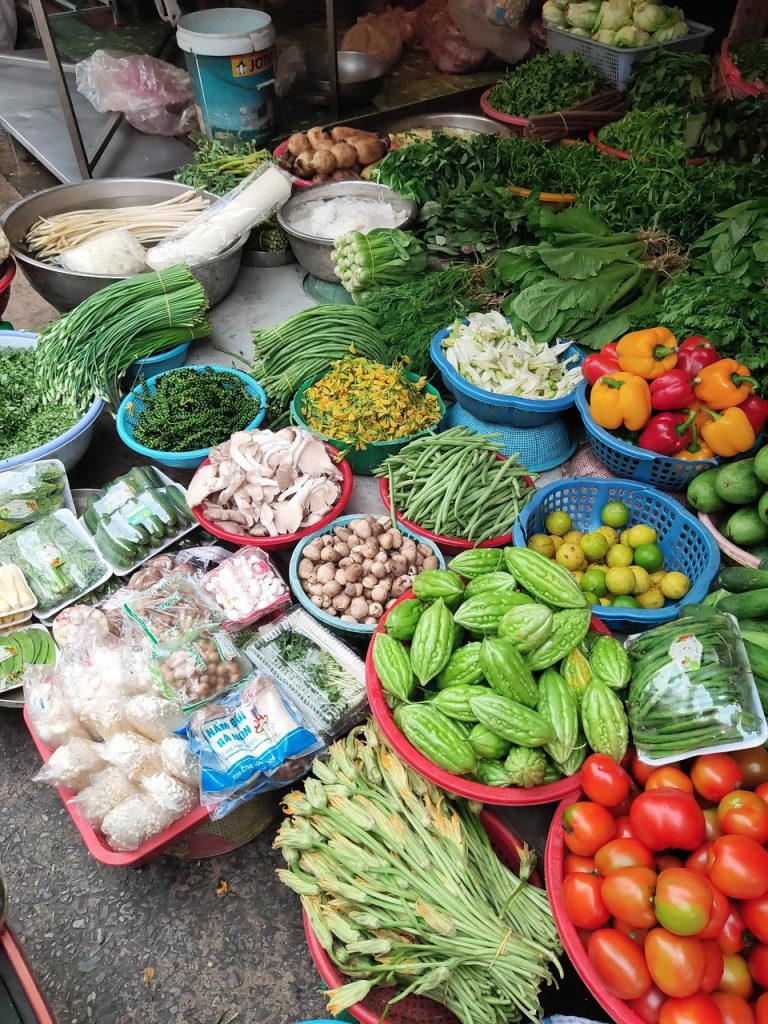
What Will You Find at a French Market?
French markets are wonderfully diverse. Expect fresh fruits, vegetables, cheeses, cured meats, pastries, olives, and artisan breads. You might also discover handmade soaps, baskets, jewellery, or vintage clothing.
Markets often have stalls offering street food — think sizzling galettes or rotisserie chicken — and there’s usually a nearby café terrace perfect for a mid-morning pause with a glass of wine or coffee.
Types of Markets in France
Understanding the different types of markets will help you choose which ones to visit on your travels.
Weekly Markets (Marchés Hebdomadaires)
Held on specific days in each town, these are your classic French markets. Weekends are especially lively, with locals stocking up for the week ahead. One charming example is the Sunday market in Verteuil, Charente — known for its delicious pâté and riverside setting.
Foires – Large Provincial Fairs
Held annually or bi-annually, these “foires” are major events, originally centred on livestock trading but now featuring everything from crafts to clothing and gardening tools. Check with the local tourist office to see if one coincides with your trip.
Marché Couvert – Covered Markets
These indoor markets offer all the charm of a typical market but sheltered from the weather. Found in towns like Angoulême, their architecture often reflects a rich local history — some even doubled as resistance meeting points during WWII.
Marché Nocturne – Night Markets
During summer, French towns come alive with night markets. These are less about shopping and more about eating, drinking, and enjoying live music. Think long communal tables, sizzling food stands, and plenty of dancing (even a bit of line dancing if you fancy!). It’s a fantastic way to connect with locals and enjoy the festive atmosphere.
Seasonal Markets
No guide would be complete without mentioning France’s famous seasonal markets, particularly at Christmas. Towns across the country transform into winter wonderlands, complete with twinkling lights, festive stalls, handmade gifts and the comforting aroma of vin chaud (mulled wine).
Strasbourg’s Christmas market is world-renowned, but smaller markets in Alsace — such as in Colmar — are equally enchanting and often less crowded.
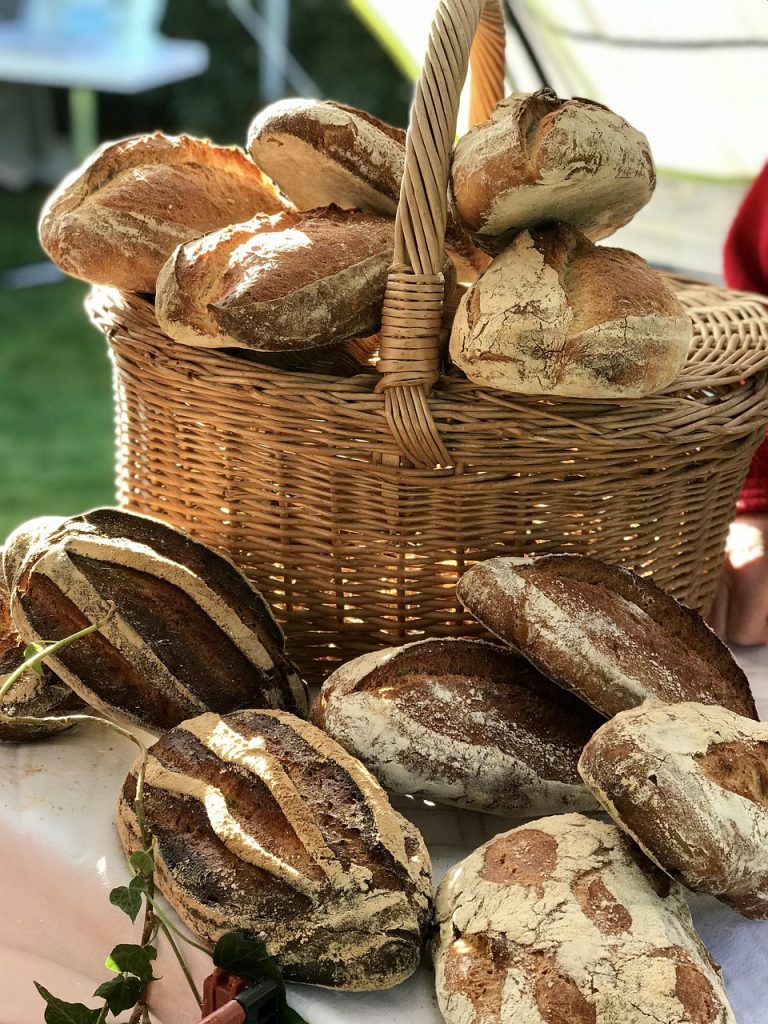
Famous French Markets Worth Visiting
If you’re travelling solo and want to make your market visits a highlight of your trip, here are a few standouts to consider:
Marseille Fish Market – Le Vieux Port
Perfect for seafood lovers, this historic harbour market boasts an impressive catch. Go early to see the fishermen in action, and don’t leave without trying bouillabaisse, the region’s beloved fish stew.
Nice Flower Market – Cours Saleya
Located in Nice’s Old Town, this colourful flower market is bursting with blooms, herbs, and handmade products. Arrive early to enjoy it at its most peaceful before wandering the narrow streets nearby.
The Best Markets in Nouvelle-Aquitaine
If you’re exploring the southwest of France — especially as a solo traveller over 50 looking for slower travel experiences — these regional markets are a delight:
Marché de Sarlat, Dordogne
Set in a medieval town, this market is known for its truffles, foie gras, and walnut products. It operates year-round on Saturdays and also on Wednesdays during the summer months.
Halles de Narbonne
Housed in a beautiful 19th-century building, this covered market is packed with charm. Expect fresh oysters from nearby Leucate, vibrant charcuterie, and a buzzing social scene — many locals sip wine and snack inside the market itself.
Marché Marceau de Limoges
This long-standing market has a special focus on high-quality beef from the Limousin region. It’s traditional, friendly, and a brilliant place to pick up local treats.
Marché de Rochefort, Charente-Maritime
Held on Wednesdays and Saturdays, this charming market is known for Charentais melons — juicy, sweet, and absolutely irresistible, especially if you’re visiting in the warmer months.
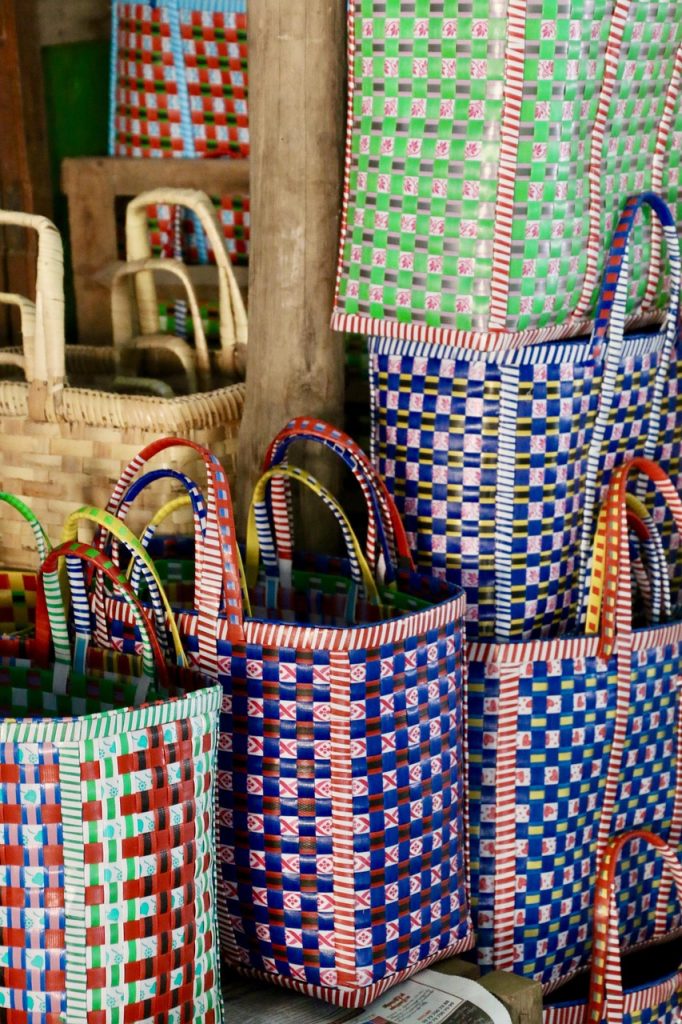
Practical Tips for Visiting French Markets
To make the most of your market experience, here are a few simple tips tailored for the solo female traveller:
- Know the Schedule
Markets typically run from early morning until midday. Ask at your accommodation or the local tourist office for up-to-date information.
- Bring Cash
Card machines aren’t always reliable, especially in rural areas. Small notes and coins are best.
- Carry Your Own Bag
Reusable bags or a market basket are both practical and very “French”. You’ll blend right in!
- Arrive Early
Beat the crowds and enjoy the freshest produce by arriving when the market opens.
- Explore Everything
Wander all the aisles. You’ll often discover unexpected gems — from locally-made honeys to vintage linens.
- Try Something New
Be brave with your tastebuds! French markets are full of regional delicacies you won’t find back home.
- Practise Your French
Even a few phrases go a long way. “Bonjour”, “Merci”, and “Combien ça coûte?” will help break the ice.
- Sample Before You Buy
Most stallholders are happy to offer a taster — especially of cheese, fruit or cured meats. It’s a great way to discover new favourites.
- Soak Up the Atmosphere
Don’t rush. Pause for a coffee, chat to a vendor, or simply enjoy watching the locals go about their morning rituals. It’s all part of the charm.
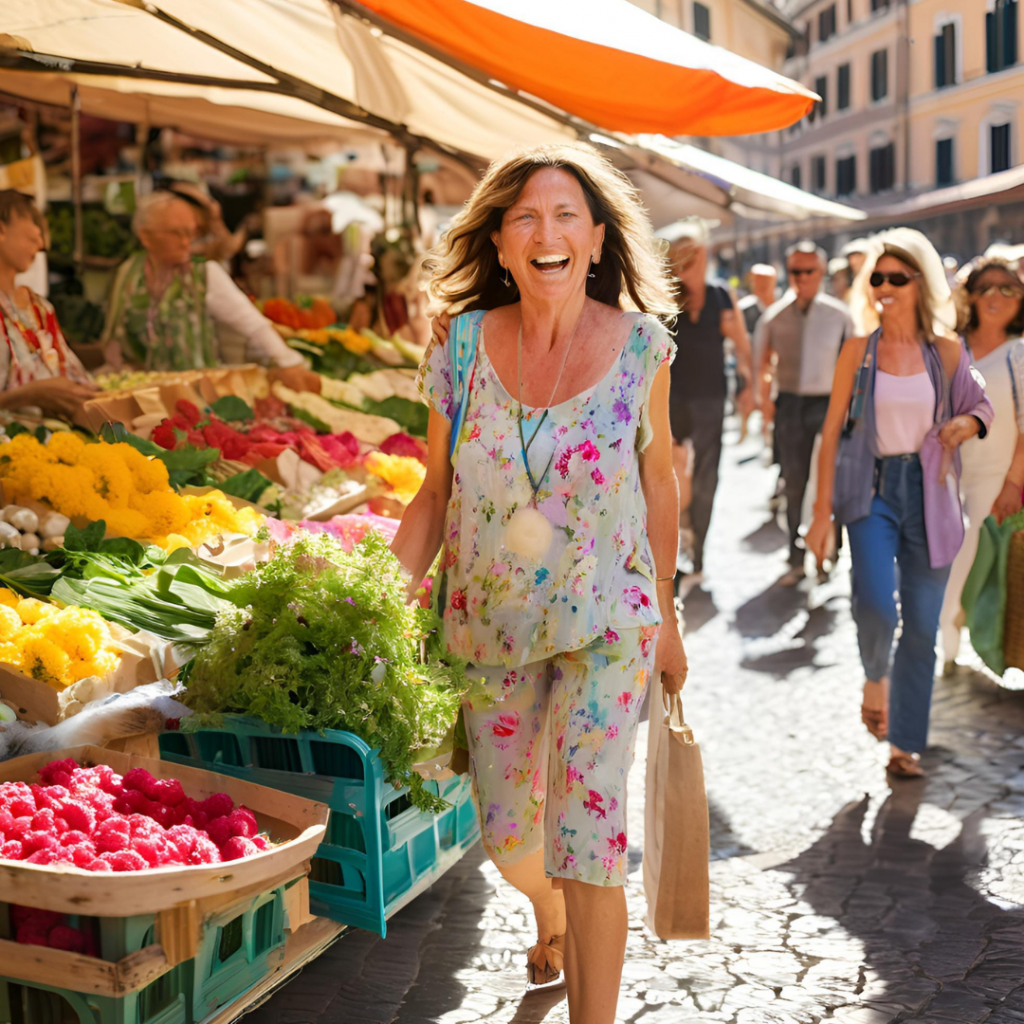
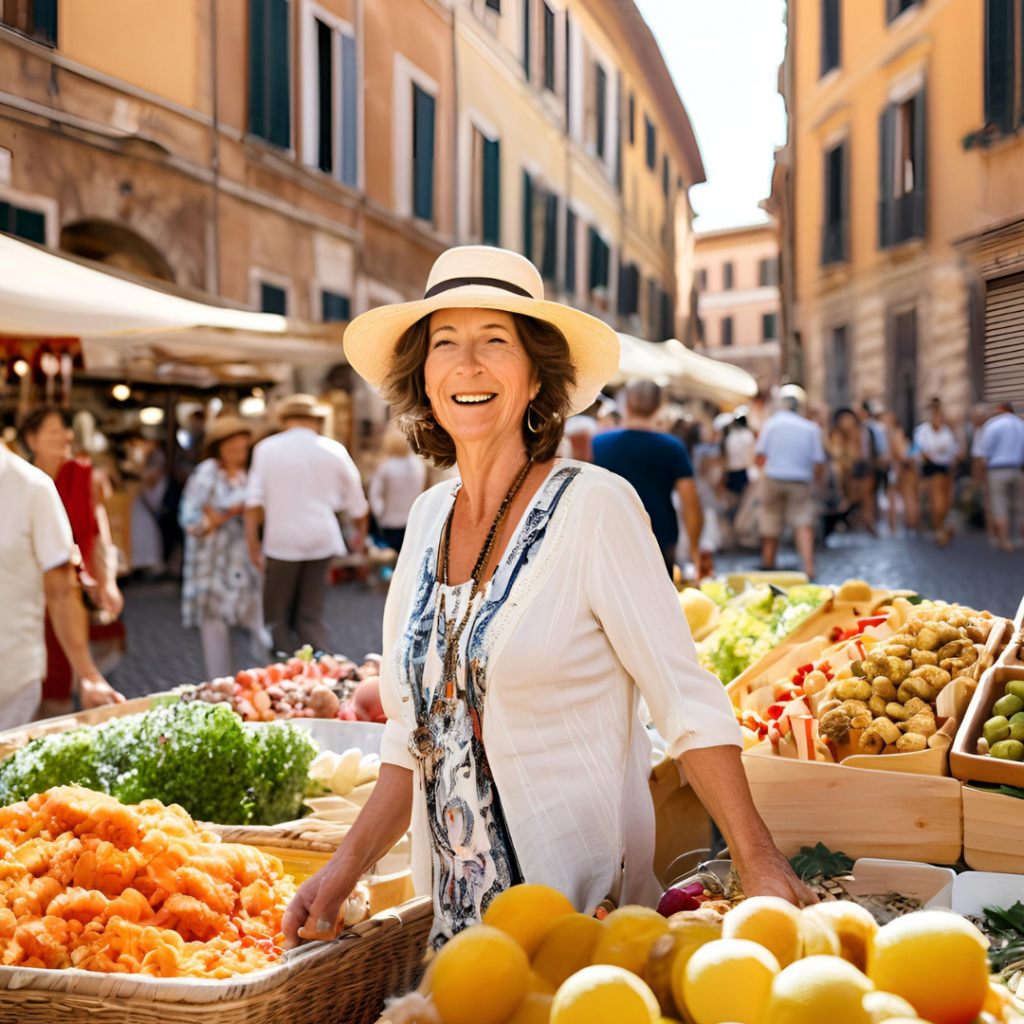
FAQs About French Markets
What are French markets called?
They’re simply known as Marchés. You might also see Marché Couvert for indoor markets or Marché Nocturne for night events.
What is the most famous market in France?
Paris’s Marché des Enfants Rouges holds the title of the oldest, dating back to 1628. It’s a buzzing hotspot for food lovers.
What’s the most beautiful market?
The Marché Aux Fleurs in Nice is often called the prettiest, thanks to its vibrant floral displays and Mediterranean setting.
Final Thoughts: Embrace the Market Culture
There’s something deeply enriching about shopping at a French market. It’s about more than food — it’s about connection, tradition, and enjoying life’s simple pleasures.
As a solo traveller over 50, markets offer a perfect blend of independence and sociability. You’ll get a real taste of local life, perhaps pick up a few French phrases, and certainly walk away with delicious memories (and maybe a wedge of cheese or two!).
So, next time you’re in France, follow the locals — and head straight for the market.
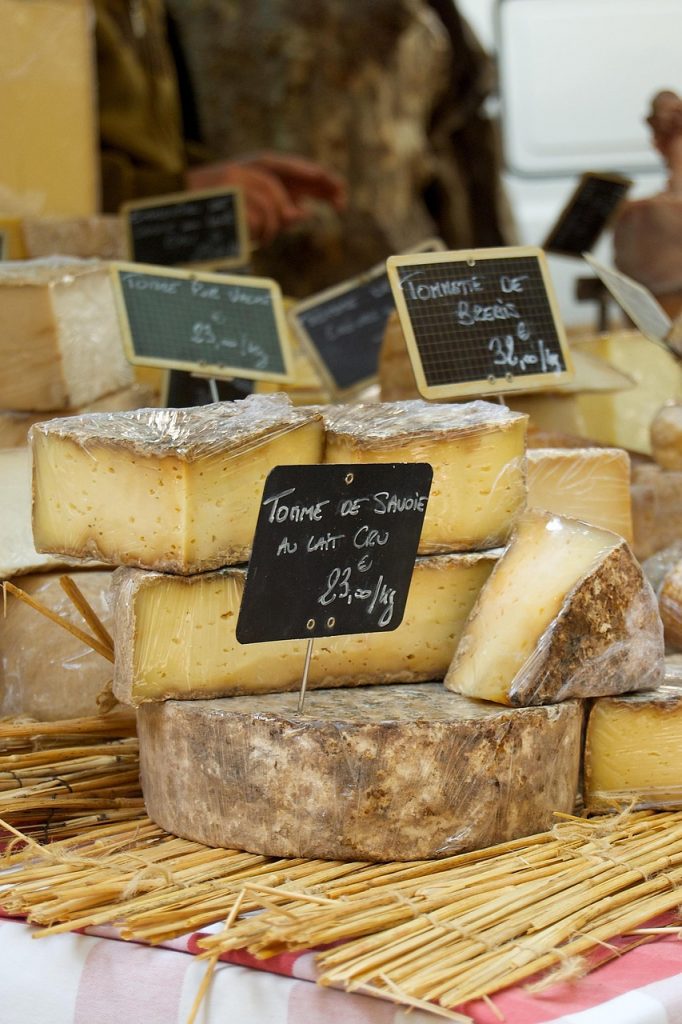

Pingback: How to Travel More Sustainably: A Guide for Solo Women Over 50 Who Love the Planet (and a Bit of Luxury) - The Midlife Globetrotter